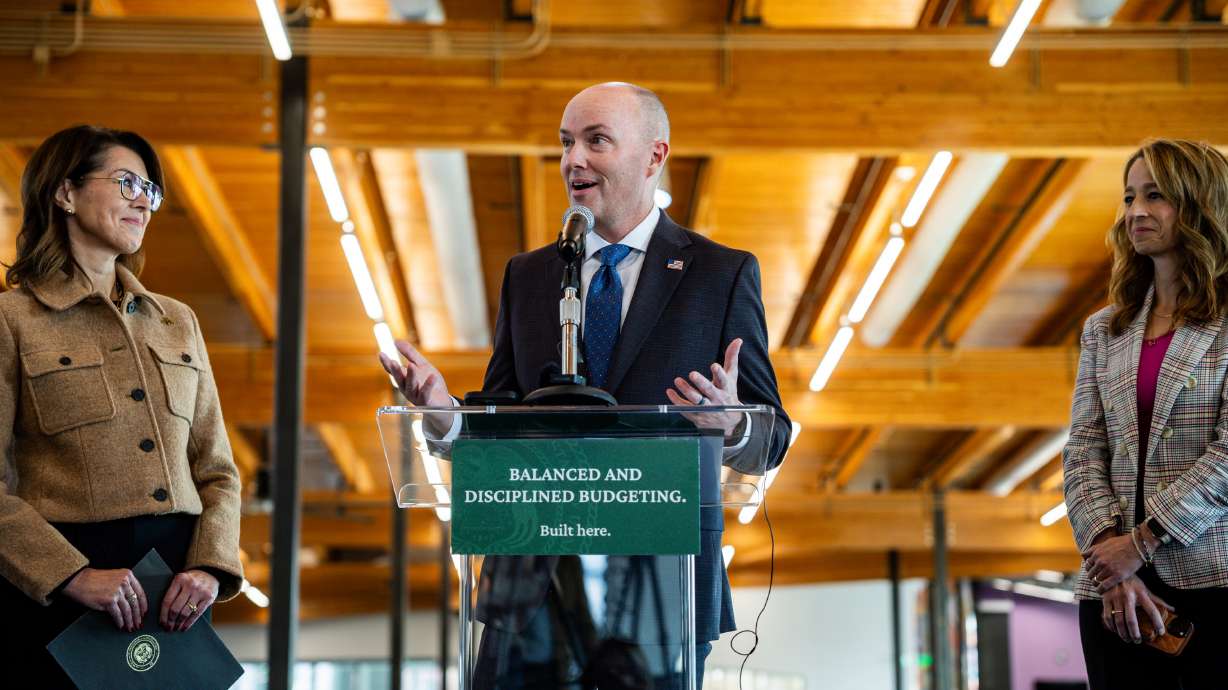This op-ed originally appeared in the Deseret News.
Continuing education is important for business vitality, but laws requiring certain classes are counterproductive.
Veterinarians provide an important service to many Utahns — they keep the animals we love happy and healthy. They are extremely well trained to effectively deal with a wide variety of problems and procedures. This often requires continuing their education beyond their formal schooling in order to stay up to date on current medical practices.
After all, nobody wants the person taking care of their beloved family pet to be oblivious about the latest and best types of care.
However, when Utah’s veterinarians seek to renew their occupational licenses with the state in 2024, they will be required as part of their legally mandated “continuing education” to take a course that focuses on diversity.
This change appears to have been made with minimal consideration (if any) regarding the impact of the new requirement. For some occupations, such as police officers, a requirement of this type is relevant to the profession — but for one that doesn’t even deal with human patients, this course requirement seems to be barking up the wrong tree.
Veterinarians are not alone in having to continue their education after leaving school; nearly all workers who need state-issued occupational licenses also must obtain continuing education credits to maintain their licenses. If they fail to meet these requirements, they could face severe consequences, including revocation of their licenses.
Continuing education requirements are meant, in theory, to ensure that practitioners remain informed about new developments in their profession. This mandated requirement has been touted as a way to further ensure the health and safety of consumers.
These goals initially seem both noble and understandable. Yet, as illustrated by Utah’s veterinarians, too often these continuing education requirements seem to lack any relevant connection to the performance of a licensed worker.
This is unfortunate as it not only wastes these professionals’ valuable time with an unnecessary government regulation but also diminishes their ability to better perform their jobs. A veterinarian would be better served spending their time learning a new technology or treatment method instead of attending a diversity class.
Even this seemingly innocuous part of Utah’s licensing laws has the ability to exacerbate consequences often broadly associated with occupational licensing. For example, when continuing education requirements are burdensome and unrepresentative of a professional’s actual duties, this results in money spent to enroll in pointless classes — money that might better be applied to retiring the debt accrued from initially obtaining the education needed to earn their license.
The consequences of unnecessary continuing education requirements are not just isolated within professional groups. They are also passed down to every individual who relies on these professionals to provide affordable services, as all expenses are inevitably passed down to consumers.
Professionals, whether licensed or not, already have a natural incentive to continue learning on the job. Licensed workers should be able to choose what their continuing education looks like.
Market forces push professionals to seek further education, as those who are more knowledgeable can better serve their clients. They also need to stay competitive in a changing market, so whether the government requires it or not, they seek knowledge, technology and methods that will allow them to better serve consumers. The government’s arbitrary mandates are ineffective and unnecessary.
Whether continuing education policies are more broadly reformed or not, they certainly should not require classes that are out of the scope of a worker’s duties; a veterinarian, for example, shouldn’t have to take a diversity class. It’s time to trust workers and the market forces that naturally push them to improve.





